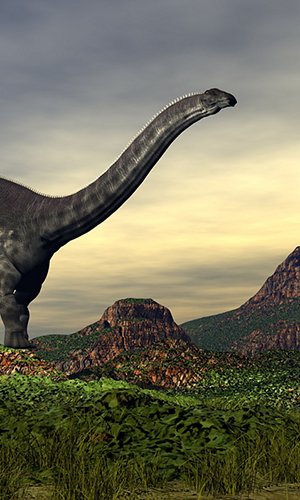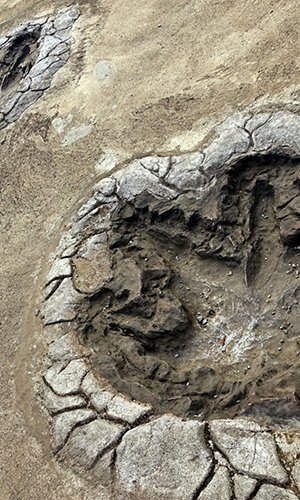In the world of palaeontology, every new dinosaur species discovery is an exciting event, but the unearthing of Jakapil kaniukura in Argentina exceeded all expectations. This small dinosaur, whose name means “shield bearer with a stone crest” in local indigenous languages, had such a unique and surprising armour that it has forced scientists to rethink their theories on the evolution of armoured dinosaurs. Jakapil kaniukura was a thyreophoran, a group of dinosaurs known for their bony defences, including giants such as Stegosaurus and Ankylosaurus. However, unlike its more famous cousins, Jakapil was remarkably small: about 1.5 metres long, slightly shorter than an adult human, and weighing between 4 and 7 kilograms—about the size of a small dog or a large domestic cat. Its distinctive feature was an impressive spiky armour, consisting of rows of osteoderms (bony plates) covering its neck, back and tail. These plates were shield-shaped and arranged to form an impenetrable carapace. But the most unusual detail was a sharp bony spine projecting from the lower jaw—a feature never before seen in a thyreophoran. This spine may have been used for self-defence or for breaking down particularly tough plants. The discovery of Jakapil is revolutionary for two main reasons. First, the fossils of this dinosaur date to the Late Cretaceous, about 97–94 million years ago. Until recently, it was thought that primitive bipedal thyreophorans had disappeared much earlier, at the beginning of the Jurassic. Jakapil demonstrates that one evolutionary lineage of these dinosaurs survived much longer than previously believed, thriving in an era dominated by much larger quadrupedal armoured dinosaurs.
Second, the find took place in Río Negro province, Argentina. The most famous thyreophorans, such as Stegosaurus and Ankylosaurus, have been discovered mainly in the Northern Hemisphere. The presence of a thyreophoran in South America—a continent that was once part of the southern supercontinent known as Gondwana—suggests that these dinosaurs had a far wider geographic distribution than previously assumed, and that their primitive forms endured in this “island continent” of the south. Despite its small size, Jakapil lived in a dangerous environment populated by large predators. Its armour was a crucial adaptation for survival. Its posture gave it agility, while its strong jaw and leaf-shaped teeth indicate it fed on tough plants. Its defence was a perfect balance of mobility and protection. Jakapil kaniukura is not just another name in the dinosaur catalogue, but a missing piece that reshapes our understanding of thyreophoran evolution. Its discovery in Patagonia shows us that evolution can take unexpected paths, and that dinosaurs—even millions of years after their extinction—still have much to teach us.





